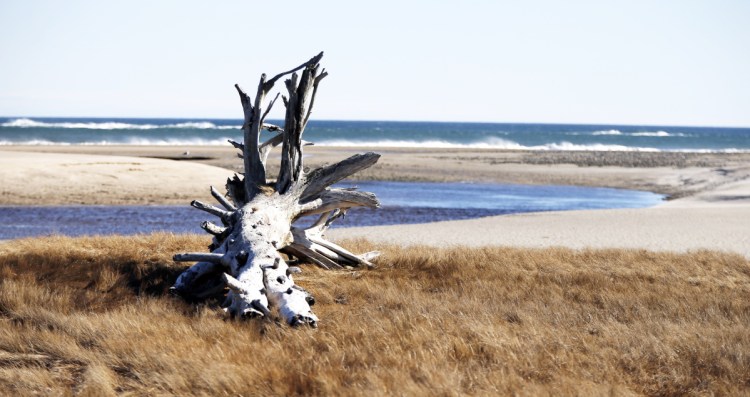As most Maine residents are well aware by now, climate change does not bode well for our fisheries in the Gulf of Maine. For decades, the American lobster has been the hero of our commercial fishing industry – its fame, sustainability, market value and sweet taste have made it the success it is today. In 2017, the American lobster accounted for 76.2 percent of the total value of our state revenue from fisheries, which boasted a hefty $433.7 million. But what exactly is going to happen to the Maine lobster as our coastal waters increase in temperature, and what will this mean for our state?
Contrary to popular belief, our local crustaceans will not pack up and move north to Canada. Additionally, they will not die all at once when the sea hits a certain temperature. Like humans, lobsters have a specific range of temperatures they can survive in, and once the temperature reaches a threshold, these animals face some challenges. If humans consistently lived in environments too hot for us, our bodies would have stress reactions, and some of our bodily functions, like our immune or reproductive systems, may not work as efficiently. The same may apply to lobsters.
This question – could climate change affect the productivity by which lobsters reproduce? – is being answered in part at the Wells National Estuary Research Reserve, one of 29 nationally funded National Oceanic and Atmospheric Administration-supported reserves dedicated to coastal research, education and stewardship.
Researchers at the Wells Reserve laboratory are working to determine to what extent shell disease (a topical bacterial infection that erodes shell, also known as shell rot) influences how many eggs female lobsters can successfully carry and maintain. Last summer, I had the privilege of working as a research intern, through the NOAA Five Colleges Program, to work specifically on this ground-breaking project with Jason Goldstein, the research director at the reserve.
For non-egg-bearing lobsters, simply molting their shell will rid them of the disease. However, egg-bearing lobsters cannot molt their shells because they would lose all the eggs attached to it; therefore, the bacteria has a longer time to infiltrate and cause more damage. One study in the Long Island Sound observed that 87 percent of all the egg-bearing female lobsters they studied had the disease. Since the lobsters carrying the next generation of lobsters are most at risk for this disease, what does this mean for the future of our stocks?
Although this research is currently ongoing (funded through a competitive grant with the NOAA Saltonstall-Kennedy Program) at the reserve, the best way we can protect our local lobsters from this disease is to prevent the environmental situations that cause them to become more vulnerable.
Our fisheries are the second largest industry in the state, earning $569,173,090 in 2017. This number does not include money made from restaurants, boat manufacturers, gas merchants, bait sellers, wholesale distributors or processing plants.
Our fisheries have high economic and cultural value in the state, and we need to act to protect them for the future. The United States needs to take more initiative in combating global climate change at the federal level, and citizens must continue to urge our elected officials to advocate for pro-environmental regulations in Congress. If we work to reverse rising ocean temperatures, we have a chance to not only protect our fisheries in the Gulf of Maine, but also rebuild collapsed fisheries elsewhere.
Copy the Story Link
Send questions/comments to the editors.



Success. Please wait for the page to reload. If the page does not reload within 5 seconds, please refresh the page.
Enter your email and password to access comments.
Hi, to comment on stories you must . This profile is in addition to your subscription and website login.
Already have a commenting profile? .
Invalid username/password.
Please check your email to confirm and complete your registration.
Only subscribers are eligible to post comments. Please subscribe or login first for digital access. Here’s why.
Use the form below to reset your password. When you've submitted your account email, we will send an email with a reset code.